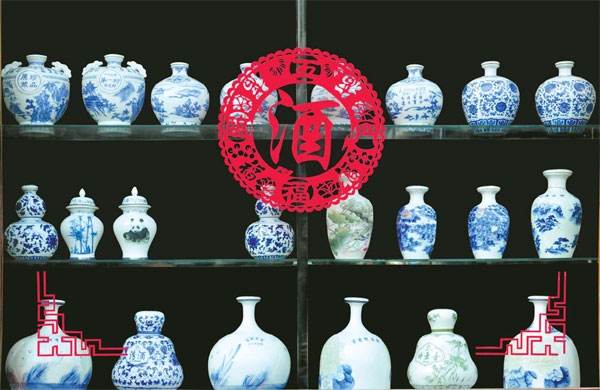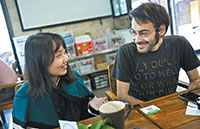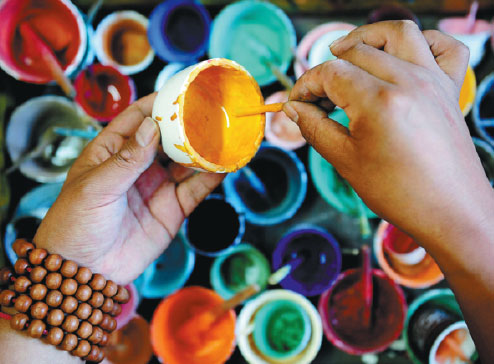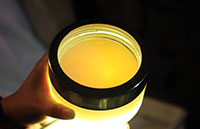US noses out China in math meet
Updated: 2015-07-27 11:42
By JIANG HEZI in New York(China Daily USA)
|
|||||||||||
The tournament consists of two tests on two days, each lasting four and a half hours. Students have to solve three problems a day, with each question worth seven points adding up to a 42-point total.
The first questions on each day are the easiest and grow progressively harder. Most years, few students solve the third questions.
According to Yu Chenjie, a veteran competitor on the Chinese team who got second place among 577 students, the hardest questions were more approachable this year while the two mid-level questions were very much harder.
"Our team didn't expect the change of difficulty levels, so we didn't allocate our time very well," Yu said.
Going by the medal count, this was the hardest competition ever, with only 26 students earning gold medals. Last year there were 49 gold metals, and the year before 45.
Jacob Tsimerman, Canadian team coach, said Chinese students have an advantage because their culture sees math as a skill that can be improved with practice, while North Americans too often think of math as a gift you're either born with or not.
"This is a very damaging mindset," said Tsimerman. "It leads people to not try."
He believes everybody can and should do math, and competitions are a good way to promote it.
"It's important for the kids that win. They get noticed, and they get into good universities," he said. "More than that, it encourages high school kids everywhere to get better at math, gives them something to aspire to."
Loh agrees. The main goal of Mathematical Association of America, which organizes team USA for the IMO, he said, "is to promote mathematics throughout America. Sometimes mathematics is presented as a very boring subject, where all you do is memorize formulas."
The purpose of the math contest is "not just to compete, but rather to give students a lot of challenges which are beyond what they normally see in school and introduce them to the kind of mathematics that is creative and fun."
hezijiang@chinadailyusa.com
Related Stories
Inspirational math teaching matters more than IMO 2015-07-20 09:35
The annual Chap Olympiad event held in London 2015-07-13 10:18
Physics Olympiad success is exciting news for all Hong Kong 2015-05-21 07:46
Twins from Changsha county win bronze medal in robot olympiad 2014-09-04 16:33
Regional qualification match for World Robot Olympiad held in Beijing 2014-08-22 10:11
China's men win first gold at Chess Olympiad 2014-08-15 14:32
Today's Top News
Discovery of Earth-like planet disappoints Chinese Web users
Financial Times sale – the deal no-one saw coming
Deficit hits $104b in first half
The meritocracy of the Chinese system
Turkish warplanes destroy IS targets
Warriors star in lakeside opera spectacular
Greek parliament passes crucial bailout bill
Astronomers discover most Earth-like planet yet
Hot Topics
Lunar probe , China growth forecasts, Emission rules get tougher, China seen through 'colored lens', International board,
Editor's Picks

|

|
|

|

|

|






